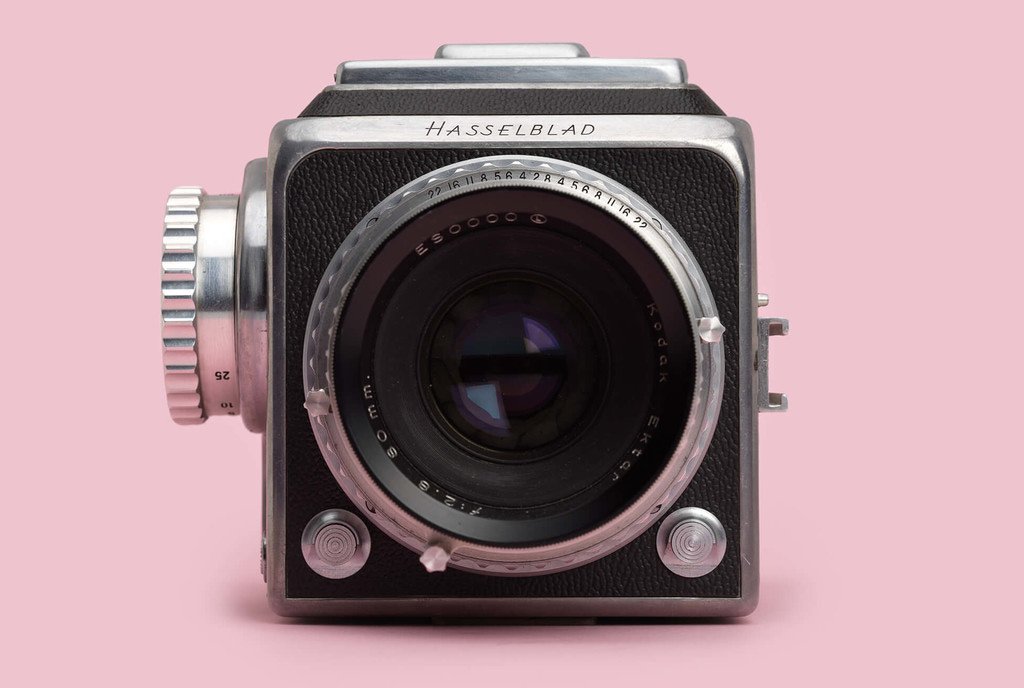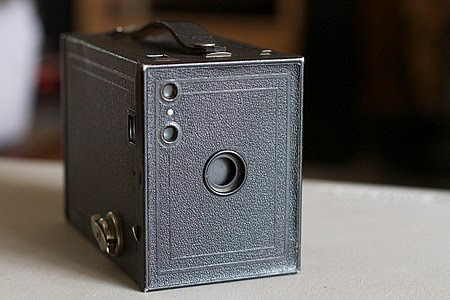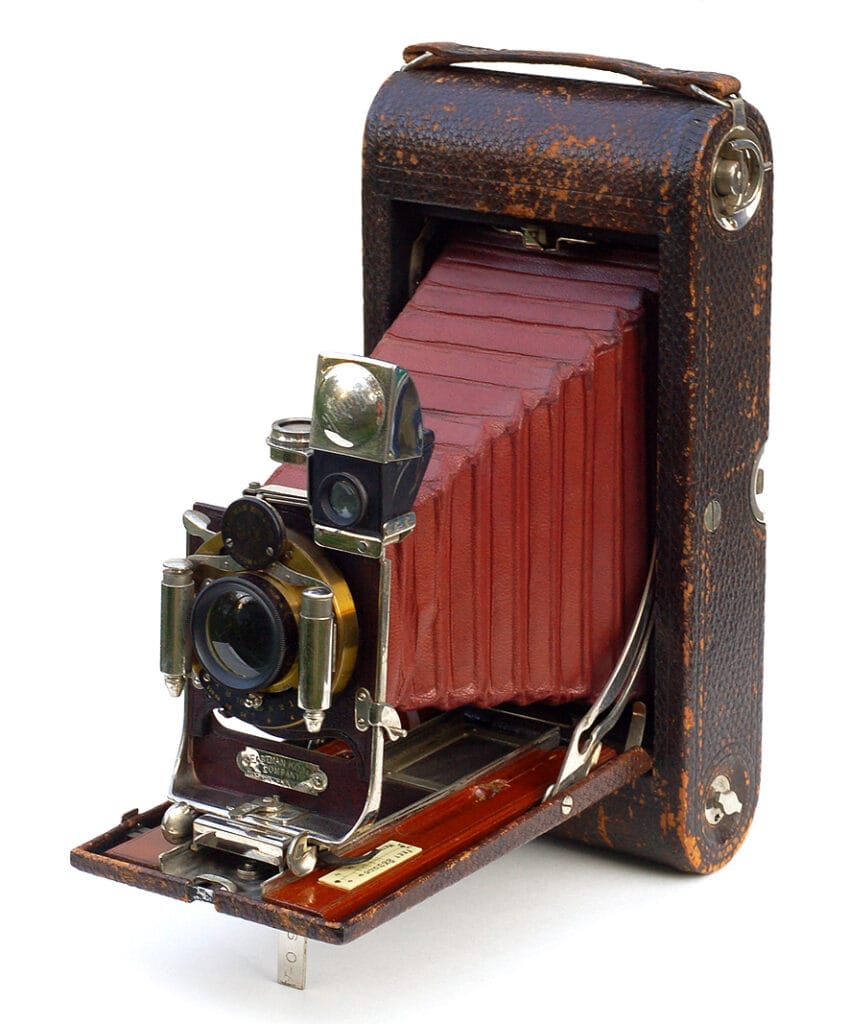In the world of photography, cameras have played a pivotal role in capturing and preserving precious moments throughout history. Join us on a journey through time as we explore the 12 oldest cameras ever made.
These groundbreaking devices paved the way for modern photography, each with its own unique story and contribution to the evolution of this art form.
12. Polaroid Model 95
Year Invented: 1948
Country of Origin: United States
Inventor: Edwin H. Land

The Polaroid Model 95 was the world’s first instant camera, developed by Edwin H. Land. It allowed users to capture a photo and have a developed print in under a minute. The Model 95 utilized self-developing film, eliminating the need for external processing.
It featured a folding bellows design, a built-in viewfinder, and an adjustable focus lens. The instant prints produced by the Model 95 were a groundbreaking innovation in the world of photography.
Did You Know?
The Polaroid camera was originally called “The Land Camera” and was inspired by Edwin Land’s three-year-old daughter, Jennifer, who asked why she couldn’t see the picture he had just taken of her.
11. Hasselblad 1600F
Year Invented: 1948
Country of Origin: Sweden
Inventor: Victor Hasselblad

The Hasselblad 1600F, launched in 1948, was the world’s first single-lens reflex (SLR) camera for medium-format photography. Its modular design, and interchangeable lenses make it a versatile tool for professional photographers.
Did You Know?
The Hasselblad 1600F pushed the boundaries of image quality and versatility, becoming a beloved camera among professionals and capturing iconic moments in history.
10. Leica I
Year Invented: 1925
Country of Origin: Germany
Inventor: Oscar Barnack

The Leica I introduced in 1925 revolutionized photography with its compact size and 35mm film format. This portable camera paved the way for street photography and photojournalism.
Did You Know?
The Leica I, introduced in 1925, featured a fixed 50mm f/1.8 lens and only 1,000 units were produced, while one of the 25 O-Series prototypes sold at auction in 2012 for €2.3 million, setting a record as the highest price ever paid for a camera.
9. Kodak Brownie
Year Invented: 1900
Country of Origin: United States
Inventor: Eastman Kodak

The Kodak Brownie, introduced by the Eastman Kodak Company, revolutionized photography by making it accessible to the masses. It was a simple and affordable camera designed for amateur photographers.
The Brownie used roll film and featured a boxy, rectangular design with a basic lens and a simple viewfinder. It popularized the concept of “snapshots” and played a significant role in the democratization of photography.
Did You Know?
The original Brownie camera, released in 1900, was sold for one dollar ($31 in 2021), making it an affordable option for photography enthusiasts.
8. Folding Pocket Kodak
Year Invented: 1898
Country of Origin: United States
Inventor: Eastman Kodak

The Folding Pocket Kodak, released in 1898, was a compact and portable camera that popularized snapshot photography. Its innovative design features collapsible bellows, making it convenient for everyday use.
Did You Know?
Thomas Edison was able to develop the inaugural motion picture camera with the aid of Kodak’s transparent roll film, which was introduced in 1889. Kodak has received more Academy Awards for technical contributions to the film industry than any other non-studio company.
7. Kombi Instant Camera
Year Invented: 1892
Country of Origin: USA
Inventor: William V. Esmond

The Kombi Camera, invented by William V. Esmond and manufactured by Alfred C. Kemper in 1892, holds several historic firsts in photography. It was the world’s first miniature roll film camera, featuring a compact size and combining the taking and viewing of photographs in a single instrument.
The Kombi Camera also introduced the first metal-bodied roll film camera and an interchangeable back for different film options.
Did you know?
The small size of the Kombi Camera required a smaller lens aperture, making it best suited for clear and bright lighting conditions. Despite its challenges, the Kombi Camera enjoyed widespread popularity and is an important milestone in the evolution of amateur photography.
6. Sutton Panoramic Camera
Year Invented: 1859
Country of Origin: United Kingdom
Inventor: Thomas Sutton

Thomas Sutton’s Panoramic Camera, developed in 1859, captured wide-angle images on curved photographic plates. Its unique design allowed for stunning panoramic views, providing a new perspective for photographers.
Did You Know?
Thomas Sutton’s Panoramic Camera featured a unique lens design with two glass hemispheres enclosing a water-filled spherical space inspired by a souvenir ‘snowstorm’ from Paris.
5. Whole Plate Camera
Year Invented: 1850s
Country of Origin: England
Inventor: W. Middlemiss

The Whole Plate Camera, popularized in the 1850s, was notable for its larger format and improved optical design. This camera accommodated glass plates measuring 6.5 x 8.5 inches, resulting in higher-quality photographs.
Did You Know?
With its innovative folding mechanism and adjustable back for wide-angle use, it offered photographers the flexibility and convenience required for capturing stunning images on the whole plate format.
4. Calotype Camera
Year Invented: 1841
Country of Origin: Scotland
Inventor: William Henry Fox Talbot

William Henry Fox Talbot introduced the Calotype Camera in 1841, introducing the concept of negative-positive printing. This camera used a light-sensitive paper negative that could be reproduced to create multiple prints.
Did You Know?
The calotype, or talbotype, invented by William Henry Fox Talbot in the 1830s, introduced a revolutionary concept of developing images on paper, allowing for multiple positive prints from a single negative, unlike the daguerreotype.
3. Giroux Daguerreotype Camera
Year Invented: 1839
Country of Origin: France
Inventor: Alphonse Giroux

Manufactured by Alphonse Giroux, this camera was among the first commercially available Daguerreotype cameras. Its innovative design featured a sliding box that facilitated focusing and exposure adjustment.
Did You Know?
Alphonse Giroux, renowned art restorer, and ébéniste, not only introduced the Phénakisticope animation device in France but also manufactured the daguerreotype cameras designed by Louis Daguerre, making them the first commercially produced photographic cameras in the world.
2. Daguerreotype Camera
Year Invented: 1839
Country of Origin: France
Inventor: Louis Daguerre

In 1839, Louis Daguerre introduced the Daguerreotype Camera, marking a significant milestone in photographic history. This camera utilized a silver-plated copper plate to capture images with remarkable clarity and detail.
Did You Know?
The Daguerreotype process, though time-consuming and complex, revolutionized the world of photography by enabling the production of one-of-a-kind images.
1. Camera Obscura
Year Invented: 5th Century BC
Country of Origin: Ancient Greece
Inventor: Unknown

The Camera Obscura, meaning “dark room” in Latin, is considered the precursor to modern cameras. Dating back to the 5th century BC, this simple device used a small opening or aperture to project an upside-down image onto a screen or wall.
Did You Know?
The Camera Obscura provided early insights into the concept of light and image formation, laying the foundation for future inventions.
Conclusion
These 12 oldest cameras have left an indelible mark on the history of photography. From the early Camera Obscura to the innovative designs of the Hasselblad 1600F and Leica I, each camera represents a significant milestone in the evolution of this art form.
By capturing moments, these cameras have enabled us to preserve history, emotions, and memories for generations to come.











